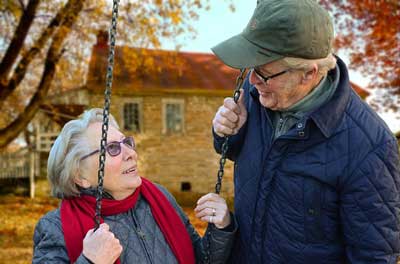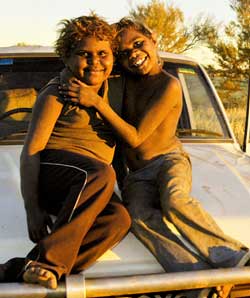Australia has primary health care in private and public sectors. Primary care is community based and is often linked to visits to a GP however it includes many other services.
Historically, Australia’s focus has been on acute
hospital and emergency care. The focus is now changing with funding being re-orientated from acute care to primary health care. A strong and efficient health care service is now seen to be vital to maintain healthy populations.
Primary healthcare is a multidisciplinary area focusing on health promotion, education, prevention, screening, treatments, community rehabilitation and early intervention.

Populations in rural and remote areas are reliant on primary health care, as they are likely to be restricted in accessing the services of health professionals compared to those living in central areas.
Our primary health care providers work together to address Australia’s biggest health concerns such as chronic disease, an ageing population and workforce challenges. A particular concern is the disparities in health of Australia’s First Nations People, Aboriginal and Torres Strait Islander people.









